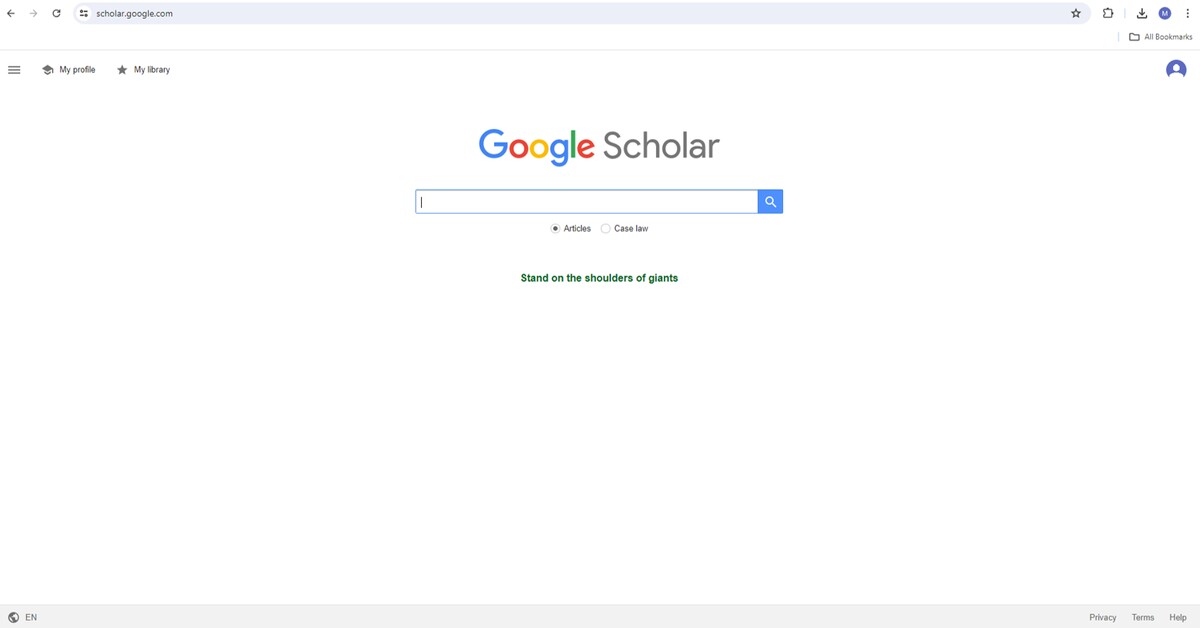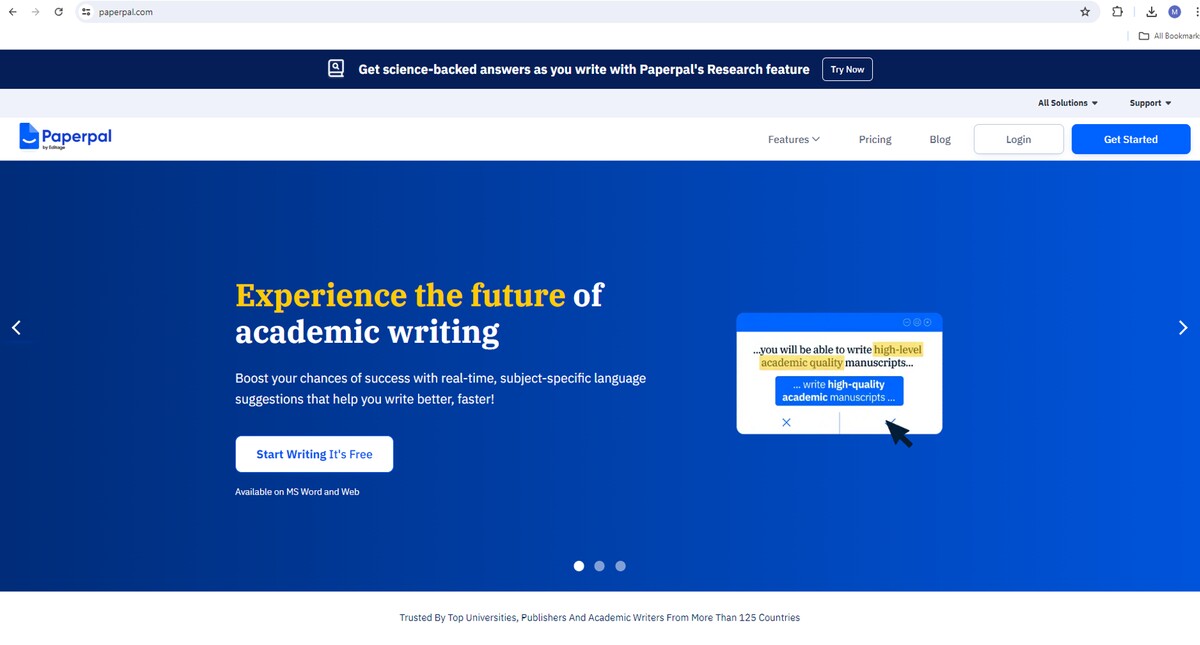کتابه مراجعه أدبیات فعّاله لورقه البحث الخاصه بک


مراجعه الأدبیات هی فحص شامل ونقدی للبحوث العلمیه المتاحه حول موضوع معین أو سؤال بحثی محدد. الهدف الأساسی منها هو تقدیم فهم عمیق لمستوى المعرفه الحالی حول الموضوع. وتشمل المراجعه استکشاف، وتقییم، وتلخیص النظریات والمناهج والنتائج ذات الصله من مصادر أکادیمیه متعدده، مثل المقالات العلمیه، الکتب، والرسائل الجامعیه. من خلال التقییم النقدی للأدبیات ذات الصله، تحدد المراجعه الفجوات فی المعرفه الحالیه، وتسلط الضوء على مناطق الجدل، وتضع الدراسه الخاصه بالباحث ضمن السیاق الأکادیمی الأوسع. وتُظهر مراجعه الأدبیات المکتوبه جیداً مدى معرفه الکاتب الواسعه بالموضوع، وقدرته على التفکیر النقدی، وأهمیه وتمیّز دراسته المقترحه.

تقدیم نظره عامه وتلخیص للبحوث العلمیه المتوفره حول موضوع معین |
تحدید وتحلیل النظریات والمناهج والنتائج الأساسیه المرتبطه بسؤال البحث |
التعرف على الفجوات أو التناقضات أو مناطق الجدل فی المعرفه الحالیه |
وضع دراسه الباحث فی سیاق النقاش الأکادیمی وتبریر أهمیتها |
إثبات الفهم العمیق للموضوع والقدره على التفکیر النقدی |
تأسیس الإطار المفاهیمی والنظری الذی سیوجه البحث |
تحدید مناهج وأسالیب التحلیل المناسبه بناءً على الأدبیات المتاحه |
تسلیط الضوء على مجالات یمکن دراستها مستقبلاً والمساهمه التی یمکن أن یقدمها البحث الجدید |

تحدید الموضوع أو سؤال البحث أو المشکله التی ستجیب عنها المراجعه
وضع حدود المراجعه من حیث الفتره الزمنیه، النطاق الجغرافی، وأنواع المصادر
تضییق نطاق الترکیز لتکون المراجعه قابله للإداره ومناسبه لأهداف البحث

إعداد استراتیجیه بحث منظمه باستخدام الکلمات المفتاحیه والعناوین المتخصصه وقواعد البیانات
الرجوع إلى مصادر متعدده مثل المجلات العلمیه، الکتب، وقائع المؤتمرات، الأطروحات، والتقاریر
استخدام تقنیه "الکره الثلجیه" بمراجعه مراجع المصادر المهمه
تسجیل خطوات البحث بدقه للحفاظ على الشفافیه

مراجعه محتوى کل مصدر وتحلیله وتلخیصه
تحدید النظریات والمناهج والنتائج البارزه والفجوات فی البحوث
تقییم جوده الأدبیات وموثوقیتها بناءً على تصمیم البحث، وجمع البیانات، والتحلیل، والاستنتاجات
التعرف على الأنماط والمواضیع والحجج والتناقضات فی الأدبیات

إنشاء هیکل واضح للمراجعه، یمکن أن یکون حسب الموضوع أو التسلسل الزمنی أو المنهجیه
استخدام العناوین الفرعیه والانتقالات والتسلسل المنطقی لتوجیه القارئ
التأکد من أن الهیکل یعکس المواضیع والعلاقات والفجوات المهمه فی الأدبیات
یمکن استخدام الرسوم أو الجداول لتوضیح الأفکار وزیاده وضوح المراجعه

کتابه المراجعه بهدف واضح وجمهور محدد، مع الترکیز على التحلیل والترکیب النقدی للمعلومات
شرح العناصر الأساسیه مثل أهمیه البحث، نقاط القوه والضعف فی الأدبیات، والمساهمه المحتمله للدراسه
الحفاظ على أسلوب أکادیمی رسمی مع اتباع قواعد الاقتباس والتوثیق
مراجعه وتحریر المراجعه باستمرار لضمان التنظیم والاتساق وإبراز أهمیه البحث

Google Scholar
بحث شامل فی الأدبیات العلمیه: استخدم Google Scholar للبحث واکتشاف المقالات العلمیه والکتب والتقاریر المتعلقه بموضوعک.
مجانی
https://scholar.google.com

EndNote
تنسیق الاقتباسات بشکل موحد: استخدم أدوات EndNote لتنسیق المراجع والببلیوغرافیا تلقائیًا، مما یوفر الوقت ویقلل الأخطاء.
مدفوع
🌐 https://endnote.com

Scholarcy
تلخیص الأوراق واستخراج النقاط الأساسیه: أداه مدعومه بالذکاء الاصطناعی تلخص لک البحوث وتبرز النتائج والاستنتاجات.
مجانیه ومدفوعه
https://www.scholarcy.com

Tailor
تحلیل السیاق الأدبی: أداه ذکیه تساعدک على فهم المساهمه والقیود والتأثیرات فی الأدبیات التی تقرأها.
💰 تجربه مجانیه وخطط مدفوعه
🌐 https://www.tailor-ai.com

PaperPal
تلخیص سریع باستخدام الذکاء الاصطناعی: یولد ملخصات للأوراق البحثیه ویبرز الأهداف والمنهج والنتائج.
یساعد فی تحدید الأفکار المرکزیه داخل الأدبیات
مجانیه ومدفوعه
https://www.paperpal.com
هل أنت باحث أو طالب دراسات علیا وتجد صعوبه فی نشر أبحاثک؟
أکادیمیه سیتا تقدم خدمات دعم النشر العلمی لمساعدتک فی تسریع النشر وزیاده فرص قبول أبحاثک فی مجلات معترف بها.
عملیه تقدیم طلب فی أکادیمیه سیتا

شارک نطاق بحثک |

استلم قائمه المجلات |

اختر مجلتک |

التنسیق وتقدیم الطلب |
إذا کان لدیک أی أسئله، استفسارات، أو ترغب فی معرفه المزید عن خدماتنا، فلا تتردد فی التواصل معنا. فریقنا المخصص مستعد لمساعدتک.